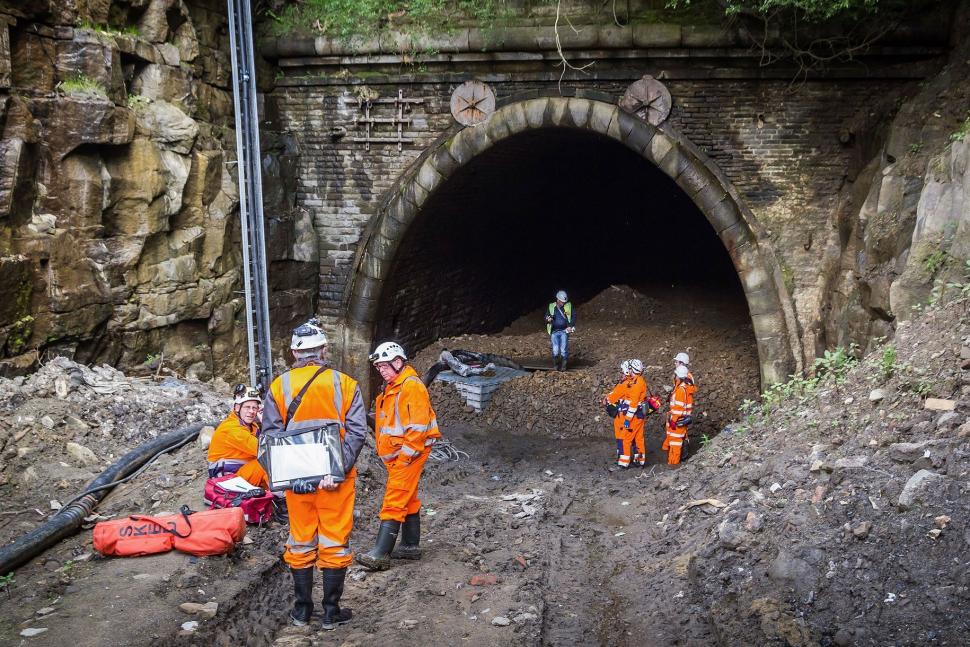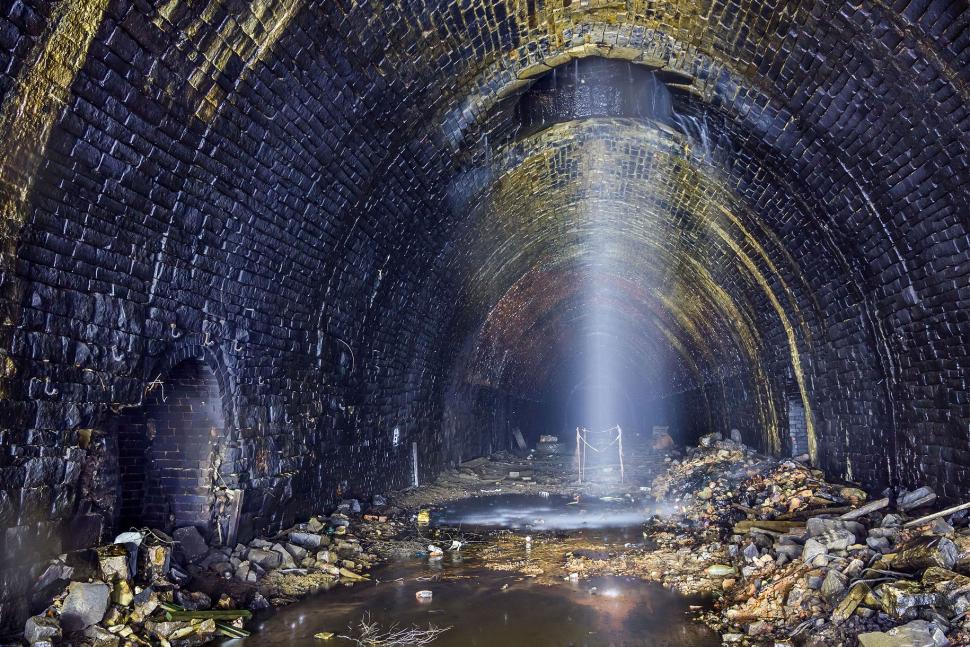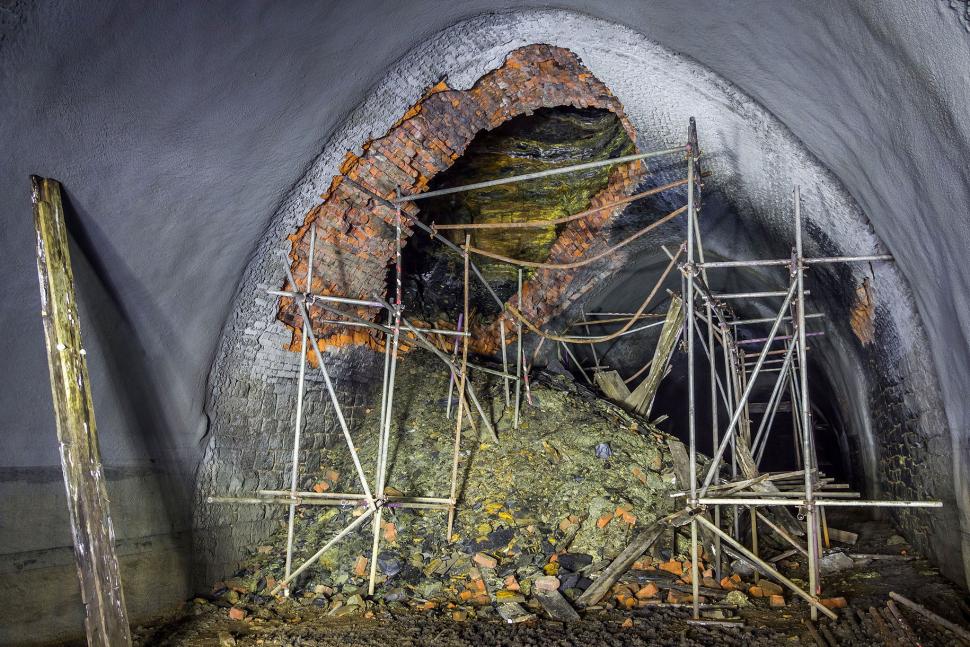- News
- Reviews
- Bikes
- Components
- Bar tape & grips
- Bottom brackets
- Brake & gear cables
- Brake & STI levers
- Brake pads & spares
- Brakes
- Cassettes & freewheels
- Chains
- Chainsets & chainrings
- Derailleurs - front
- Derailleurs - rear
- Forks
- Gear levers & shifters
- Groupsets
- Handlebars & extensions
- Headsets
- Hubs
- Inner tubes
- Pedals
- Quick releases & skewers
- Saddles
- Seatposts
- Stems
- Wheels
- Tyres
- Tubeless valves
- Accessories
- Accessories - misc
- Computer mounts
- Bags
- Bar ends
- Bike bags & cases
- Bottle cages
- Bottles
- Cameras
- Car racks
- Child seats
- Computers
- Glasses
- GPS units
- Helmets
- Lights - front
- Lights - rear
- Lights - sets
- Locks
- Mirrors
- Mudguards
- Racks
- Pumps & CO2 inflators
- Puncture kits
- Reflectives
- Smart watches
- Stands and racks
- Trailers
- Clothing
- Health, fitness and nutrition
- Tools and workshop
- Miscellaneous
- Buyers Guides
- Features
- Forum
- Recommends
- Podcast
 QueensburyTunnelSurvey© Forgotten Relics
QueensburyTunnelSurvey© Forgotten RelicsNew report estimates subterranean cycle route cost at £2.8m
A report that led to the decision to close a disused rail tunnel, rather than turn it into a subterranean cycle route, overestimated renovation costs route by more than £30m, a new report claims, as campaigners battle to save the tunnel from being filled in.
A report, produced by Jacobs Engineering this year, put the cost of renovating the 1.4 mile long Queensbury Tunnel in West Yorkshire at £35m. However, a second analysis of the tunnel’s structure, commissioned by the group trying to save the tunnel, revealed fallen bricks, leaks and bulging walls could be repaired, and the tunnel made safe as a cycling and walking route, for just £2.8m.
The tunnel is currently being prepared for abandonment, at a cost of £3m, by the Historical Railways Estate (HRE), who commissioned the original report and presented it to former Transport minister, Robert Goodwill, who then decided renovation was too expensive. Supporters of the cycle route are calling for a halt on the abandonment process until a further review is conducted.
Light at end of the tunnel for subterranean cycle route
Graeme Bickerdike, who co-ordinated the engineering study on behalf of the Queensbury Tunnel Society, and is a writer, editor and producer specialising in railway structures, said: “To the untrained eye, the collapses and the areas around them do look quite dramatic but, to people with a mining background, there are established ways of dealing with them that don’t involve huge costs. I spoke to a number of tunnelling and mining engineers about HRE’s £35 million figure - which was the product of a desk study - and they all regarded it as being off the scale. There has to be a proportionate and pragmatic approach to developing a repair solution here.”
The Society says it visited the Tunnel on 22 June under the supervision of Hammonds ECS, HRE’s contractor, and the Mines Rescue Service. They also brought “an experienced civil engineer specialising in tunnel remediation and tunnel maintenance strategy, both for railway and utility companies”, and two representatives from SES Group, a civil engineering and railway contractor with a background in mining. The company repaired collapses in a disused railway tunnel under Liverpool in 2012 and in North Yorkshire, on the Grinkle Beck culvert.
Norah McWilliam, leader of the Queensbury Tunnel Society, said: “I’m quite angry about it. HRE paid a lot of money for a report which ought to have been rejected. But instead, they took it to Robert Goodwill and effectively asked him to decide the future of the tunnel based on it. They are now proceeding towards abandonment - which involves pouring £3 million into a black hole - when there is a better option with a similar price tag that would convert the tunnel from a liability into an asset. By putting a cycle path through the tunnel, we believe that the £3 million investment would be repaid through social and economic benefits.”
“Whether or not you care about Queensbury Tunnel, I think most people would object to a government body spending £3 million in a way that offers no value for money. We will be asking the Minister to halt the process of abandonment until a proper review has been conducted - based on proper costings - to decide the right way forward for the tunnel, one which offers the best possible outcome for taxpayers.”
Proposed West Yorkshire cycle tunnel would be longest in Europe
The tunnel has “the highest risk profile of any in HRE’s portfolio of 3,200 disused railway structures” because of its deteriorating condition due to flooding, as well as access difficulties and proximity of homes to four of its construction shafts.
The report proposes, among other things, to spray damaged (spalled) bricks with fibre reinforced spray concrete on around 10 per cent of the tunnel’s length, as well as inserting supports where brickwork has bulged, steel arches, and ring dams to hold back water.
The Society believes the tunnel does not need to be perfect to open as a cycle route, only safe.
Laura Laker is a freelance journalist with more than a decade’s experience covering cycling, walking and wheeling (and other means of transport). Beginning her career with road.cc, Laura has also written for national and specialist titles of all stripes. One part of the popular Streets Ahead podcast, she sometimes appears as a talking head on TV and radio, and in real life at conferences and festivals. She is also the author of Potholes and Pavements: a Bumpy Ride on Britain’s National Cycle Network.
Latest Comments
- ErnieC 1 hour 1 min ago
or Team Bahrain ... selective outrage.
- newbankgyratory 2 hours 3 min ago
This website offers suitable data: https://www.automobiledimension.com/large-suv-4x4-cars.php
- newbankgyratory 2 hours 36 min ago
Perhaps park the goods in a US Customs Bonded warehouse and then import them out of there when the tariff nonsense settles down?...
- Dnnnnnn 32 min 23 sec ago
Good to see a road.cc review of what must be one of the UK's best-selling 'proper' road bikes....
- PRSboy 3 hours 31 min ago
Another thing ruined by the Americans
- Miller 4 hours 50 min ago
Nice to see WvA featuring in the finale.
- Miller 4 hours 53 min ago
I have known more than one elder statesman of the club die of a heart failure while out on a ride. Sometimes I feel that's about to happen to me,...
- Pub bike 5 hours 10 min ago
Via the "wireless active steering system".
- Hirsute 5 hours 34 min ago
137m is the farthest I have observed when quickly looking at the Garmin unit....
- pockstone 5 hours 51 min ago
Yours worked wonders, but if you insist, I'll hop to it...why the need for extra police? Did the fire brigade bottle it?


Add new comment
12 comments
The worst you get in these tunnels (speaking from experience of the Bath tunnels) is having berks with 10,000 lumen lights blazing from their handlebars in a well-lit environment.
They're fantastic in my opinion, and one less motor-snarled hill to climb on your way out and back to the city.
£2.5m vs £30m seems like a very large margin of error. You don't think something fishy was going on? ("Make sure everyone knows that this is an unattainable goal").
It's like the opposite of the garden bridge: "Make sure you inflate the costs to 8 times what was paid for the last bridge over the Thames. That way we'll be able to get the public to stump up more money to fund it."
Reminds me of when wave generated power was investigated by a committee consisting of nuclear power engineers. For some inexplicable reason, they found it to be uneconomical by a factor of about ten by grossly exaggerating the costs.
Paying £3m to make something useful useless? Absolutely nuts. There's a few great abandoned tunnels that have been incorporated into the national cycle trail in New Zealand.
Isnt it depressing? In a wearily familiar way? Why are our local authorities so unimaginative,so lacking in common sense and vision? Would any other European country be tying themselves up in knots like this? No right minded person can see a problem with this tunnel being used in such a sustainable way-is there actually a conspiracy of stuoid people in charge here?
Looks like a great place to get robbed!
Coming to a road.cc headline soon!
I used to commute through the 4 mile long Sustrans 'two tunnel' route and never heard of any crime, the route is fantastic.
Looks like a great place to get caught.
I imagine it would be fine to ride through once it was properly resurfaced and some lighting put in.
Just watch out for the CHUDs.
Last picture sort of sums of the state of the country in some ways.
Will the restored tunnel be suitable for cars - yes, tunnel will be saved, no then tunnel will be closed. No big Tory doners in the cycling industry.